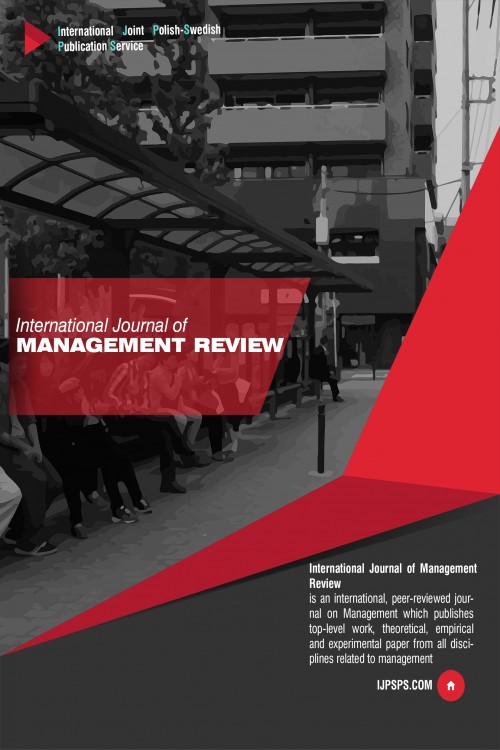
Developing a Model for predicting the future of the Iranian banking industry based on risk management (PLS approach)
Abstract
The main purpose of the present study was to provide a model for predicting the future (efficiency and performance) of the Iranian banking industry based on risk management through examining the impact of risk management dimensions (determining risk and appetite risk, formulating and executing risk strategy, internal evaluation, planning, and Crisis Testing, Reporting and Transparency) on the future performance and efficiency of the Iranian banking industry. To achieve the purpose of the study, managers of all banks listed in the Tehran Stock Exchange were selected and studied. The causal approach was used to estimate the models and test the research hypotheses. The results of the hypothesis testing showed that internal evaluation, planning, and crisis tests had a significant effect on the efficiency and performance of banks. Also, there was a significant effect of stockpiling and risk appetite on bank performance. The findings of this study indicate that the structure of warehousing and risk appetite is an increasing factors in the optimal performance and efficiency of banks. The banking system's structural problems must be resolved for the banking system to perform well and develop in the future. Therefore, the strategic proposals for resolving the crisis of the banking system, however, must go the way of resolving the structural problems. In the future, the banking